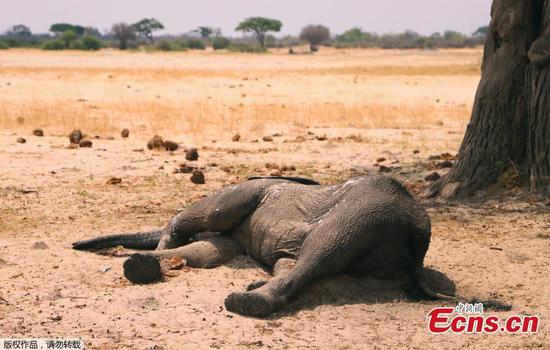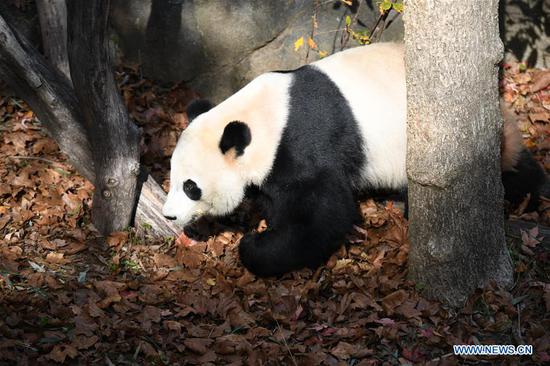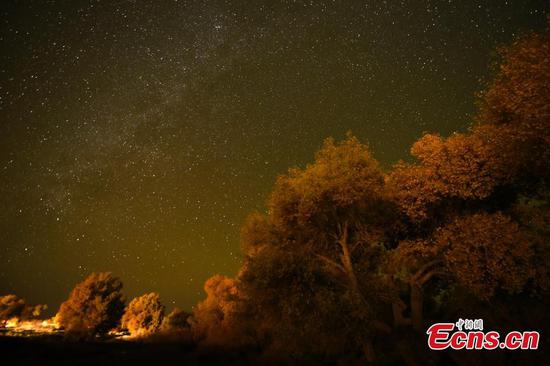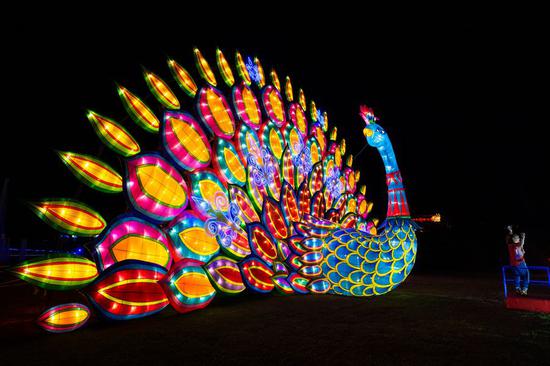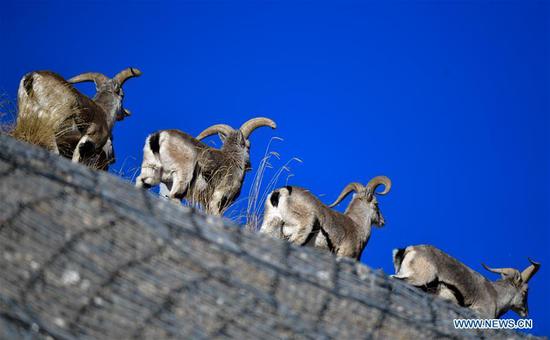An international research team discovered a beetle pollinator in a piece of Burmese amber, dating back to the mid-Cretaceous, 99 million years ago, which is believed one of the oldest pollination insects across the world.
The discovery, made by scientists from the Nanjing Institute of Geology and Palaeontology of the Chinese Academy of Sciences and Indiana University, was published in the scientific journal Proceedings of the National Academy of Sciences on Tuesday.
The research confirmed the hypothesis of Cretaceous insect-angiosperm interaction and supplied the earliest evidence for entomophily, according to Wang Bo, professor of the Nanjing Institute of Geology and Palaeontology who led the research.
The beetle specimen included in the amber piece is identified as a new species under family Mordellidae. The extant Mordellidae beetles are a typical flower-visiting group.
Scientists said the insect is believed highly evolved for pollen collection, as part of the maxillary palps, a leg-like structure near the mouth was huge.
Numerous pollen grains were found on and near the insect's body in the amber piece.
The finding deepens the history of insect pollination of flowering plants by 50 million years and suggests the existence of such mutualism at least as far back as 99 million years ago.
"Animal pollination remains the foundation of human agriculture and terrestrial ecosystem. Now we know that this ecological mechanism emerged as early as 100 million years ago," Wang said.











